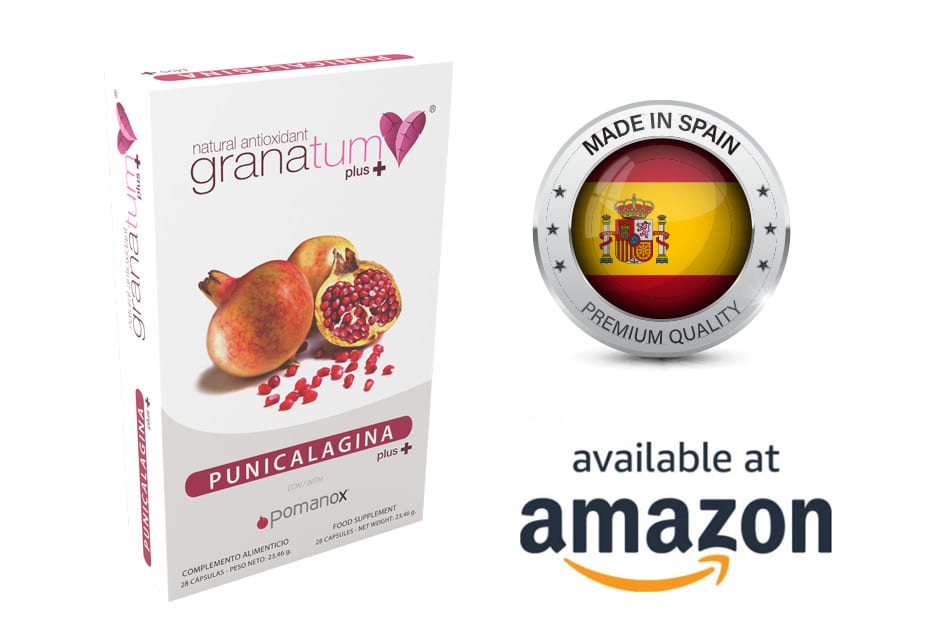
These results indicate that all pomegranate parts are effective in preventing the development of bone loss induced by ovariectomy in mice. Such an effect could be partially explained by an improved inflammatory and oxidative status.
COUNTRY: France
CONDUCTED BY: University of Clermont, d’Auvergne, France
PUBLISHED ON: European Journal of Nutrition
RESEACH:
PURPOSE:
Recently, nutritional and pharmaceutical benefits of pomegranate (PG) have raised a growing scientific interest. Since pomegranate is endowed with anti-inflammatory and antioxidant activities, we hypothesized that it may have beneficial effects on osteoporosis.
METHODS:
We used ovariectomized (OVX) mice as a well-described model of postmenopausal osteoporosis to study the influence of pomegranate consumption on bone health. Mice were divided into five groups as following: two control groups sham-operated and ovariectomized (OVX CT) mice fed a standard diet, versus three treated groups OVX mice given a modified diet from the AIN-93G diet, containing 5.7% of pomegranate lyophilized mashed totum (OVX pomegranate), or 9.6% of pomegranate fresh juice (OVX pomegranate juice) or 2.9% of pomegranate lyophilized mashed peel (OVX pomegranate).
RESULTS:
As expected, ovariectomy was associated with a decreased femoral bone mineral density (BMD) and impaired bone micro-architecture parameters. Consumption of pomegranate JUICE, PGp, or PGt induced bone-sparing effects in those OVX mice, both on femoral BMD and bone micro-architecture parameters. In addition, pomegranate(whatever the part) up-regulated osteoblast activity and decreased the expression of osteoclast markers, when compared to what was observed in OVX CT animals. Consistent with the data related to bone parameters, pomegranate consumption elicited a lower expression of pro-inflammatory makers and of enzymes involved in ROS generation, whereas the expression of anti-inflammatory markers and anti-oxidant actors was enhanced.
CONCLUSION:
These results indicate that all pomegranate parts are effective in preventing the development of bone loss induced by ovariectomy in mice. Such an effect could be partially explained by an improved inflammatory and oxidative status.
YEAR: 2014
